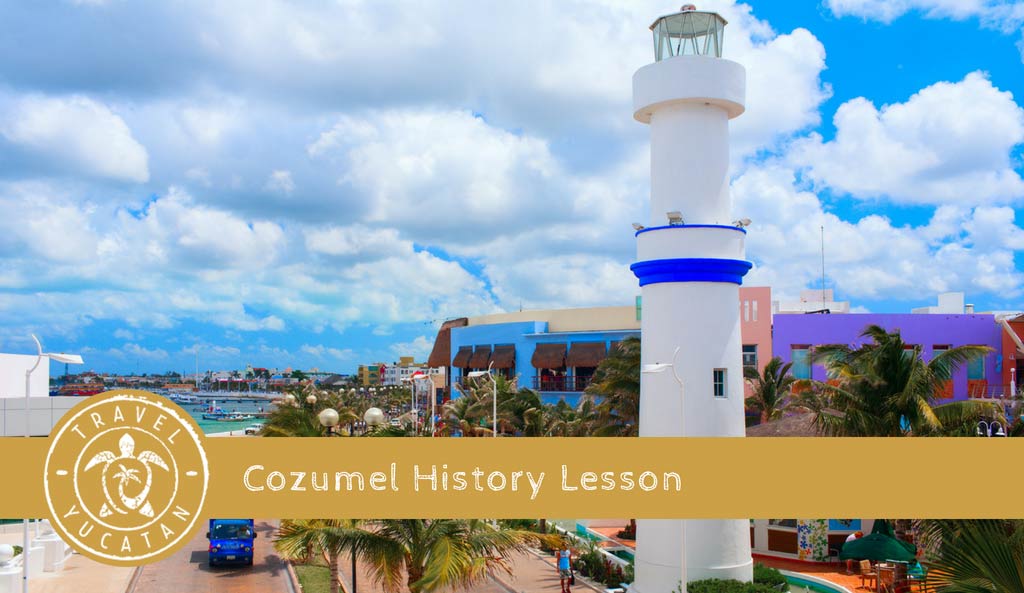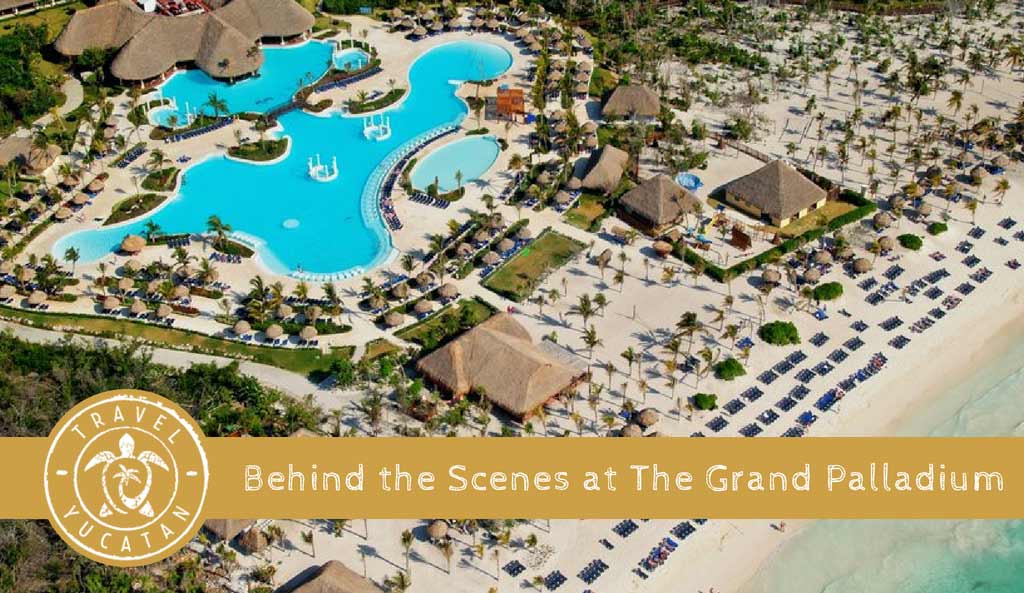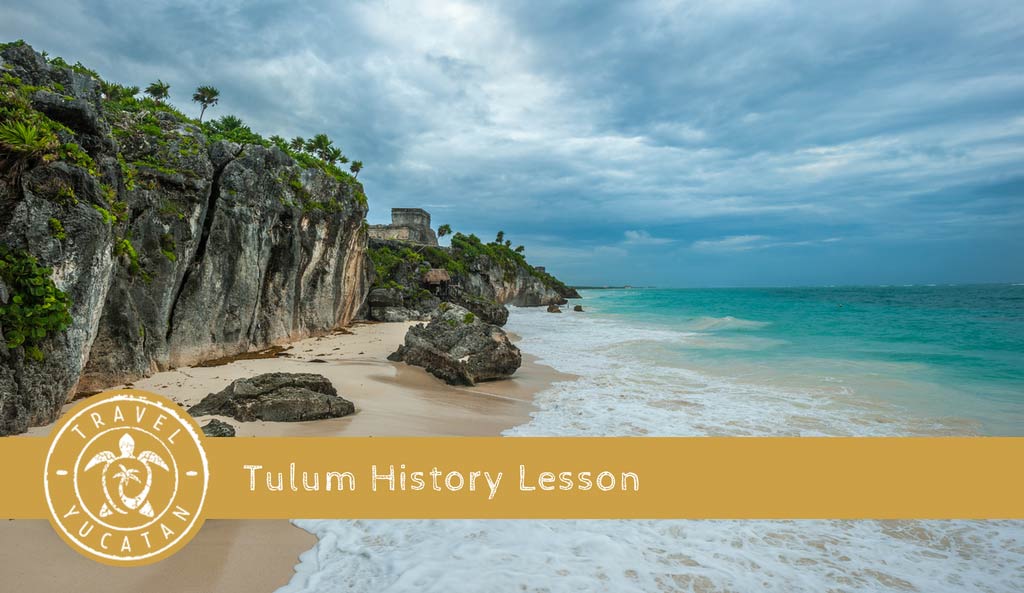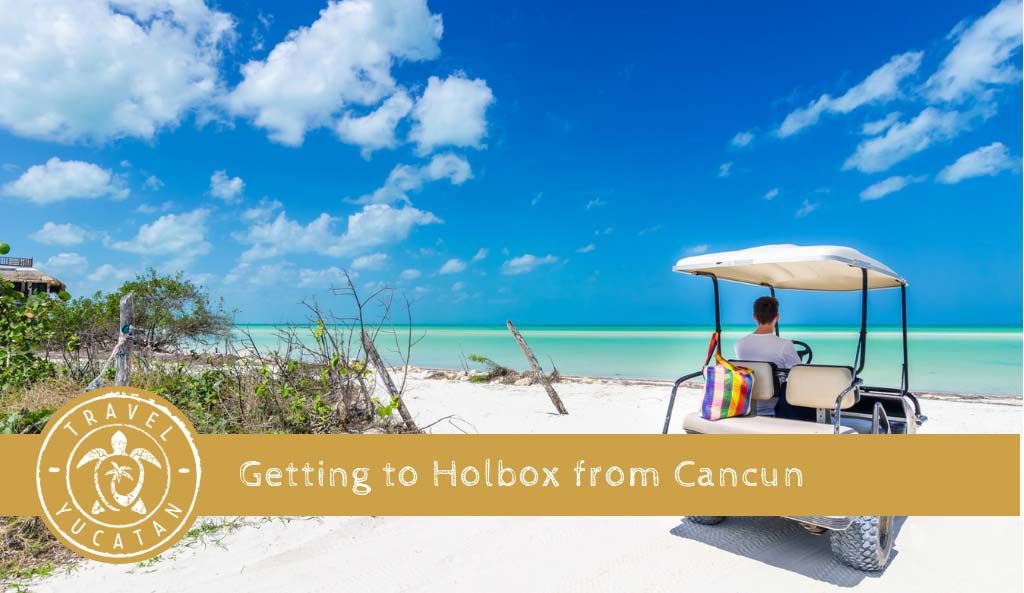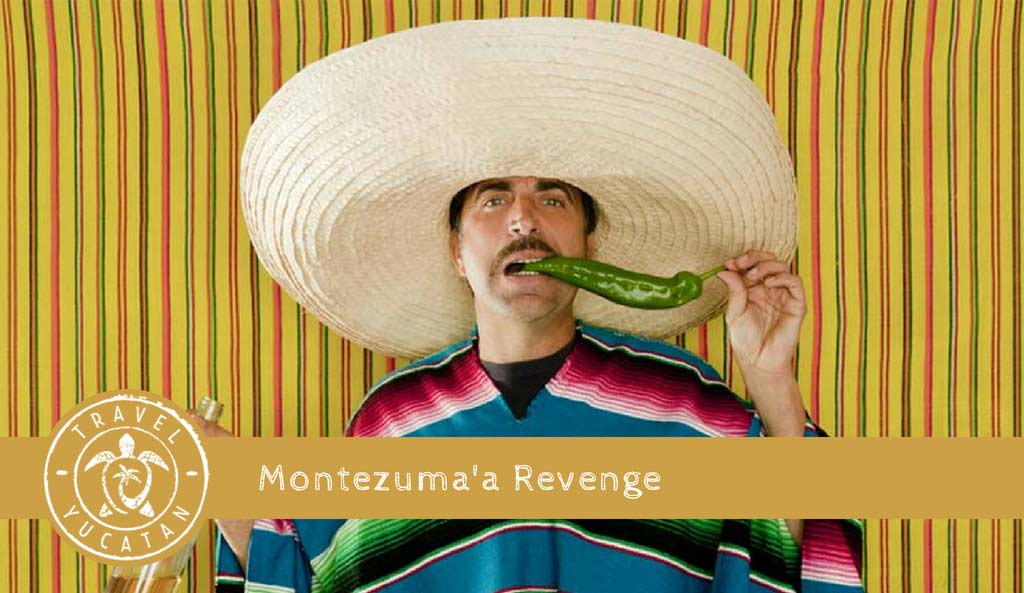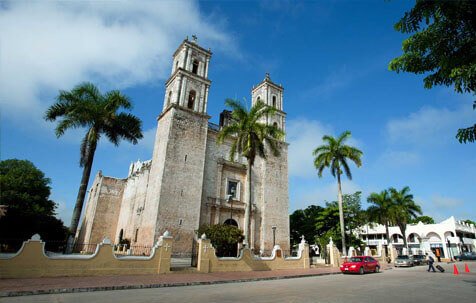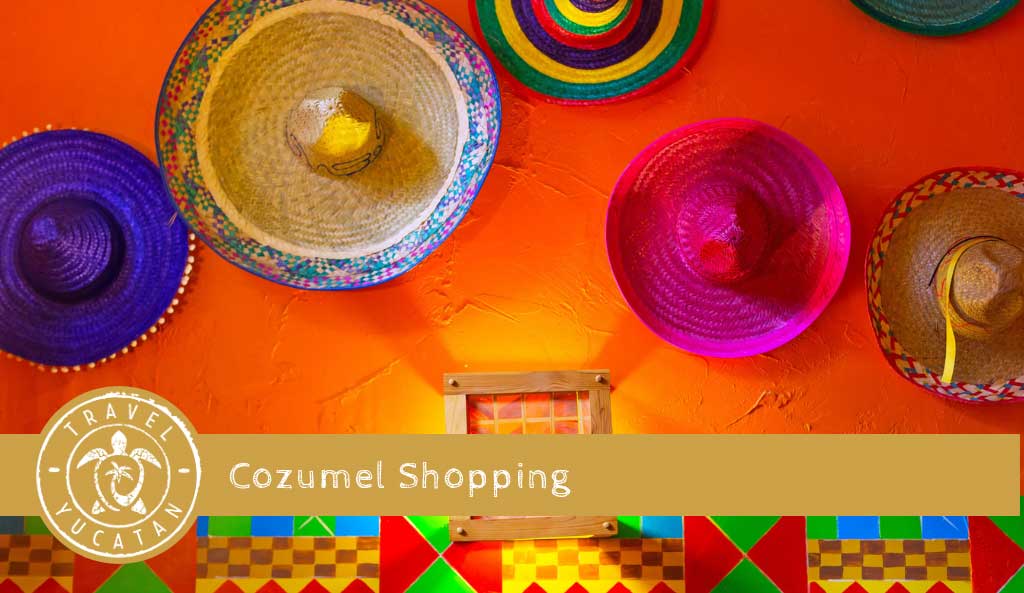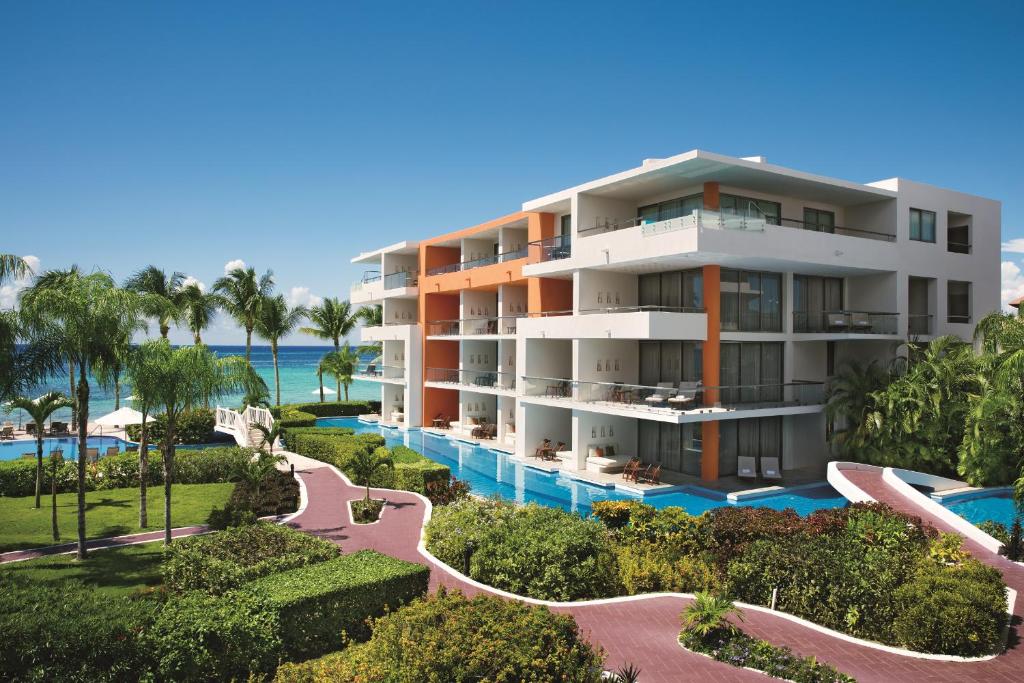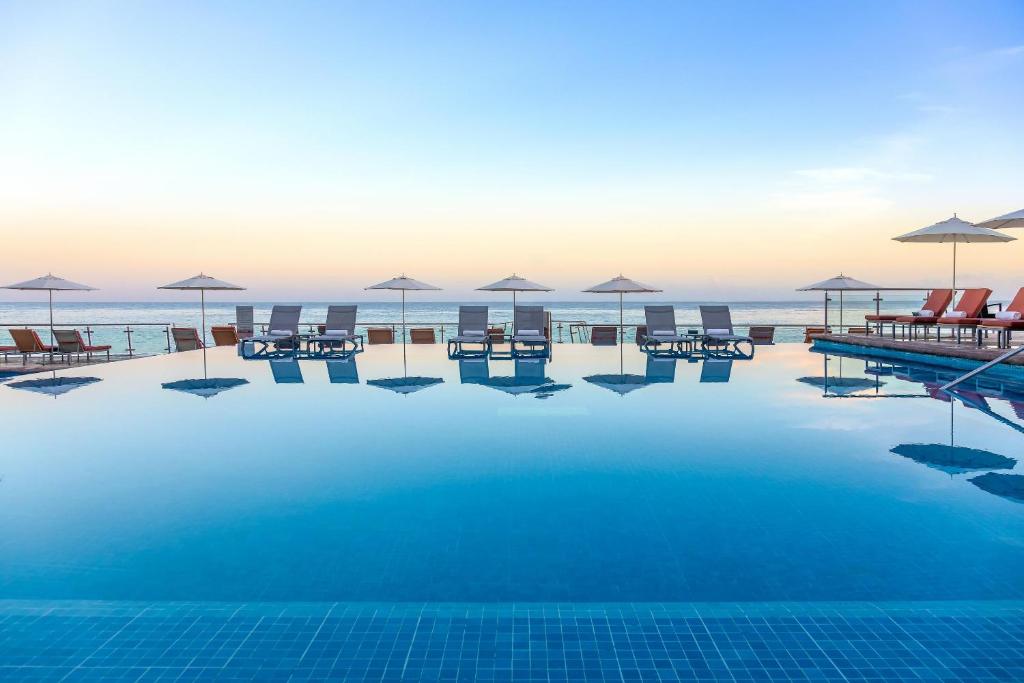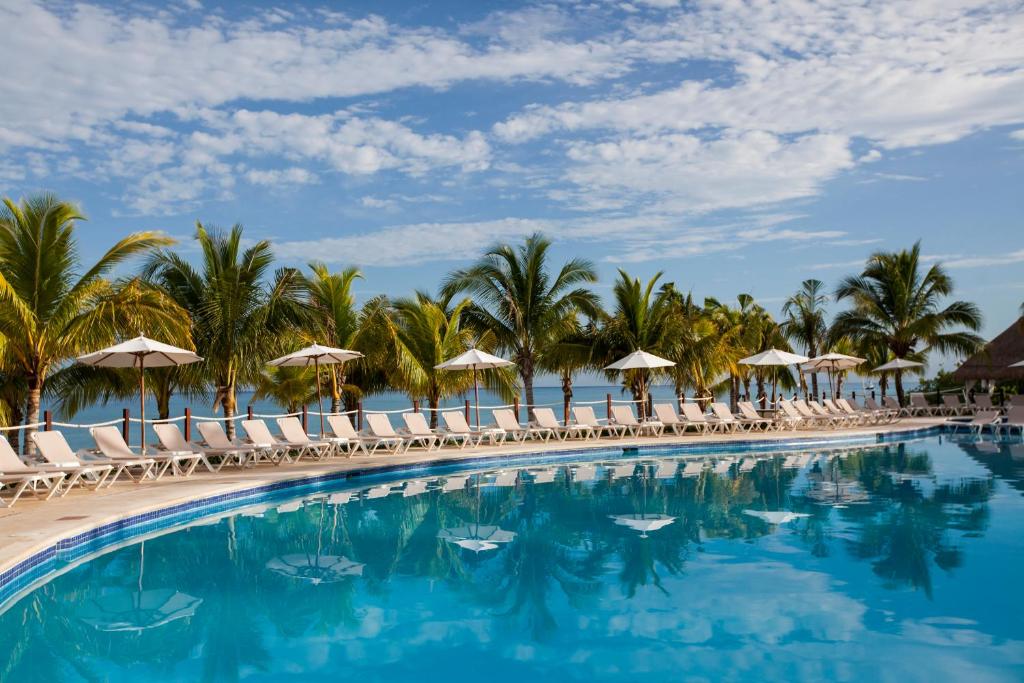Evidence suggests that the Maya settled the island over 2000 years ago, harvesting the rich abundance of seafood for commercial use. Conch shells were collected as an ingredient for stucco and mortar, which was used extensively in construction projects on the mainland. The ocean also supplied a large variety of valuable items such as shark teeth, stingray spines and seashells that were used for religious rites.
There are a number of Mayan ruins on the island that are still in relatively good condition.
The Spanish explorer Juan de Grijalva first landed on the shores of Cozumel in 1518. A year later, the notorious conquistador Hernan Cortes stopped by Cozumel on his way to the gulf state of Veracruz. Both encounters were reportedly peaceful but ultimately damaging to the Maya.
Whether the Spanish knowingly and deliberately imported smallpox is a matter of speculation, however, the disease soon eclipsed the Maya island dwellers. Between 1519 and 1570, the island’s population dropped drastically. Also, the island’s numerous coves provided safe havens for marauding pirates and much of the local population was evacuated to the mainland for protection from the predatory pirates. By the year 1600, the island was desolate, its once flourishing community virtually gone.
Later, during the “War of the Castes” (1847-1901), the island was reclaimed by the Maya and became a refuge for escapees from the mainland. Slowly the island was re-inhabited.
In more modern times, the popularity of a novelty called chewing gum in the USA led to the island’s growth in prosperity. Cozumel was a Central American port-of-call on the coconut and gum (called chicle) export route.
With the advent of more modern scuba diving equipment in the 1950s, divers from around the world started flocking to Cozumel. World-famous oceanographer and explorer Jacques Cousteau and his team discovered the wall of reefs just off the island’s shoreline and declared them to be one of the most incredible diving destinations in the world. After that diving blossomed on the island!
By 1970, Cozumel’s population had grown to 10,000 and with the influx of tourism this once desolate island has now become the jewel of the Mexican Caribbean.
Cozumel Visitor Information
Cozumel is the right size–not too big and not too small. With several international cruise ship piers, there are millions of visitors annually. Hence there are a lot of modern conveniences like high-end shopping, great restaurants and cafes and a well-developed infrastructure. It’s really a fun blend of modern glamour mixed in with authentic Mexican style. It’s a contemporary city but has a special island charm all its own. The city’s main square is haven for local events night and day, and a gathering place for merchants, artisan vendors, taco stands, etc.
Outside of the city of San Miguel, most of the island is wild and undeveloped, with large sections of mangroves and jungle. The scenic eastern side is open ocean. The western side of the island is sheltered and is excellent for snorkeling, and sometimes has strong currents to be aware of.
If, like most visitors, you arrive by ferry in Cozumel, you’ll be met by a barrage of sales representatives for car rental companies and various dive and snorkel operations. Also in the mix are representatives for hotels and resorts, often with photo-albums of resort pictures to entice you. Once you get through this bustling section, you are in the city of San Miguel, right in the middle of the turista (tourist) shopping zone.
TIP: There are public information booths, however these are manned by sales representatives for time-shares. Once you ask a question, you are a step away from a free lunch, tour and a wasted day [don’t get trapped into this]. Pass through the ferry terminal, cross the street and you’ll find a legitimate Tourist Information office.
The San Miguel tourist zone extends from the coastline inland several blocks and runs north/south several kilometers, with a seaside boardwalk. Outside of this you have the cruise ship piers, residential neighborhoods and general industrial zones. There are a few large grocery stores, a cinema, and airport as well. In the downtown core, most stores and restaurants have English-speaking staff and accept US currency.
The town of San Miguel, the airport, and the hotels are all located on the western side of the island. Nearly all the streets and avenues are one-way. The coastal highway is two-way and nearly circles the island. Fortunately, massive resort development is paralyzed by a lack of potable water and strong desire on the part of the citizens to protect the island’s delicate ecosystem.
Cozumel Seasons
Generally, the summer months (May – September), are low season and hotel rates are reduced competitively. In the winter months (December – March), prices go up and availability goes down.
TIP: If you have a specific date in mind for your winter getaway, it’s best to book at least 6 months in advance.
Between Labor Day and Christmas is an good time to visit but keep in mind that September and November are within Hurricane Season. Crowds and prices are down but the temperatures are still high! Easter is easily the busiest time of year, with low availability. Low season unofficially begins after Easter.
Cozumel Climate
Average air temperature: 79°F [26°C]
July/August – High 80’s to low 90’s °F [32°C]
December/January – Mid 70’s °F [24°C]
Winter Months: Cold fronts may create windy, cloudy and cool weather. Afternoon thunderstorms are common, usually lasting for an hour.
Water temperatures range from 77°-82°F [25°-28°C] throughout the year.
